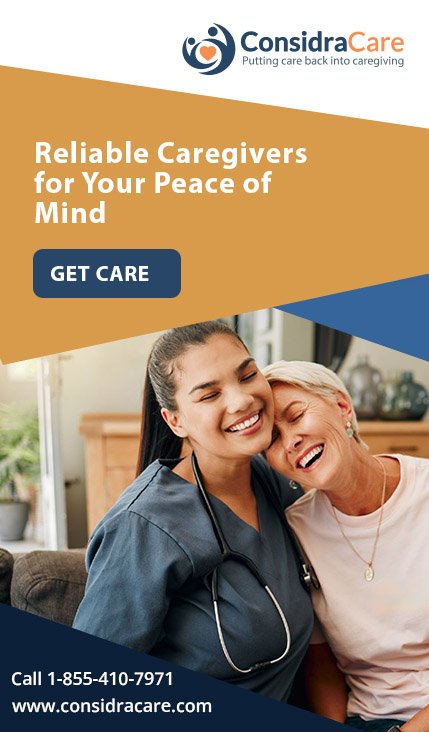This article will provide you with a comprehensive guide on how to effectively care for stroke patients, enhancing their comfort and facilitating their rehabilitation.
Understanding Stroke and Its Impact:
Caring for stroke patients, particularly the elderly, presents unique challenges and responsibilities. Strokes can lead to severe physical and mental impairments, making comprehensive care essential.
What is a Stroke?
A stroke occurs when the blood supply to part of the brain is interrupted or reduced, preventing brain tissue from getting oxygen and nutrients. Brain cells begin to die within minutes, causing potential long-term disabilities.
Types of Stroke:
- Ischemic Stroke: Caused by a blood clot that blocks or narrows an artery leading to the brain.
- Hemorrhagic Stroke: Occurs when a blood vessel in the brain bursts, leading to bleeding in or around the brain.
Prevalence and Risk Factors:
Strokes predominantly affect the elderly. Approximately 10% of adults aged 65 years and older have experienced a stroke. The risk of having another stroke increases, making vigilant care essential for seniors.
Early Stroke Symptoms:
Live-in caregivers should watch for the following early indicators of a stroke:
- Numbness in the legs, arms, and face, particularly on one side of the body.
- Slurred speech.
- Difficulty understanding others.
- Sudden confusion.
- Facial drooping and weakness.
- Vision loss in one or both eyes.
If you notice any of these symptoms, call 911 immediately and inform the family.
Read More: 10 Tips for Caregivers to Show Kindness During Emergency
Key Responsibilities of a Live-in Caregiver:
As a live-in caregiver, you play a crucial role in the patient’s recovery and daily life. Following are some key responsibilities of a live-in caregiver to care for a stroke patient:
1. Medical Management:
- Administer Medications: Ensure medications are taken on time and monitor for side effects.
- Monitor Vital Signs: Regularly check blood pressure, heart rate, and other vital signs.
- Recognize Complications: Be aware of signs of potential complications and seek medical advice promptly.
2. Mobility Assistance:
- Exercise Support: Assist with exercises prescribed by physical therapists to improve mobility and strength.
- Safe Movement: Help with moving from bed to chair and navigating around the home, minimizing fall risks.
3. Personal Care:
- Daily Activities: Assist with bathing, dressing, and toileting to ensure the patient’s hygiene and comfort.
4. Nutritional Support:
- Meal Preparation: Prepare meals that adhere to dietary restrictions, ensuring the patient gets adequate nutrition.
- Hydration: Encourage regular fluid intake to prevent dehydration.
5. Emotional and Social Support:
- Companionship: Provide emotional support and companionship to alleviate feelings of isolation.
- Social Interaction: Encourage participation in social activities to enhance mental well-being.
6. Communication Aid:
- Speech Therapy: Help with speech exercises and use alternative communication methods if necessary.
- Clear Communication: Speak clearly, use simple sentences, and employ non-verbal cues to facilitate understanding.
Home Care Tips for Stroke Patients:
Below are some home care tips to better assist a stroke patient at home:
1. Creating a Safe Environment:
Ensure the living space is free of hazards. Remove clutter, secure rugs, and install grab bars in bathrooms. Adequate lighting and easy access to essential items are also crucial.
2. Encouraging Independence:
Encourage the patient to perform tasks independently with supervision. This fosters self-esteem and improves recovery outcomes.
3. Coordinating with Healthcare Professionals:
Maintain regular communication with the patient’s healthcare team, including doctors, physical therapists, and speech therapists. Follow and adjust care plans as needed based on professional advice.
4. Fall Prevention:
Implement fall prevention measures by removing obstacles, securing loose cords, and ensuring the use of non-slip mats. Consider moving the patient’s bedroom to the ground floor if possible to avoid stairs.
5. Monitoring Drug Effects:
Be informed about the side effects of the patient’s medications. Report any adverse reactions to the family and healthcare professionals immediately.
6. Measuring Progress:
Monitor and record the patient’s progress in communication and mobility. Regularly update the family and healthcare team to ensure coordinated care.
7. Emotional and Mental Health:
Monitor for personality changes and signs of depression. Stroke can profoundly impact a person’s mental health, requiring timely intervention and support.
7. Joining Support Groups:
Encourage participation in stroke support groups. These groups offer emotional support and practical advice from others who have experienced similar challenges.
Conclusion:
Being a live-in caregiver for a stroke patient is both challenging and rewarding. It requires a balanced mix of compassion, patience, and skill. Your support can make a significant difference in the patient’s journey toward recovery, helping them regain their independence and improve their quality of life.
Want to learn more?
Reach us at wecare@considracare.com, or call us at 1-855-410-7971, and we will be happy to assist. Discover more tips in our information booklets or on our resources page.
FAQs:
1. What are the first signs of stroke?
Sudden numbness or weakness in the face, arm, or leg, especially on one side of the body; confusion; trouble speaking or understanding speech; and loss of balance or coordination.
2. How important is physical therapy for stroke patients?
Physical therapy is crucial as it helps improve mobility, balance, and coordination. It significantly enhances the patient’s ability to perform daily activities independently.
3. What dietary considerations should be taken for a stroke patient?
A heart-healthy diet, low in sodium and saturated fats, rich in fruits, vegetables, and whole grains, is often recommended to help prevent further strokes.
4. How can I help a stroke patient with communication difficulties?
Work closely with speech-language pathologists, utilize recommended communication aids, and be patient and supportive as the patient learns to communicate again.
5. What are some ways to prevent falls in stroke patients?
Clearing walkways, using non-slip mats, installing grab bars, and providing supervised walking practice are effective strategies to prevent falls.

